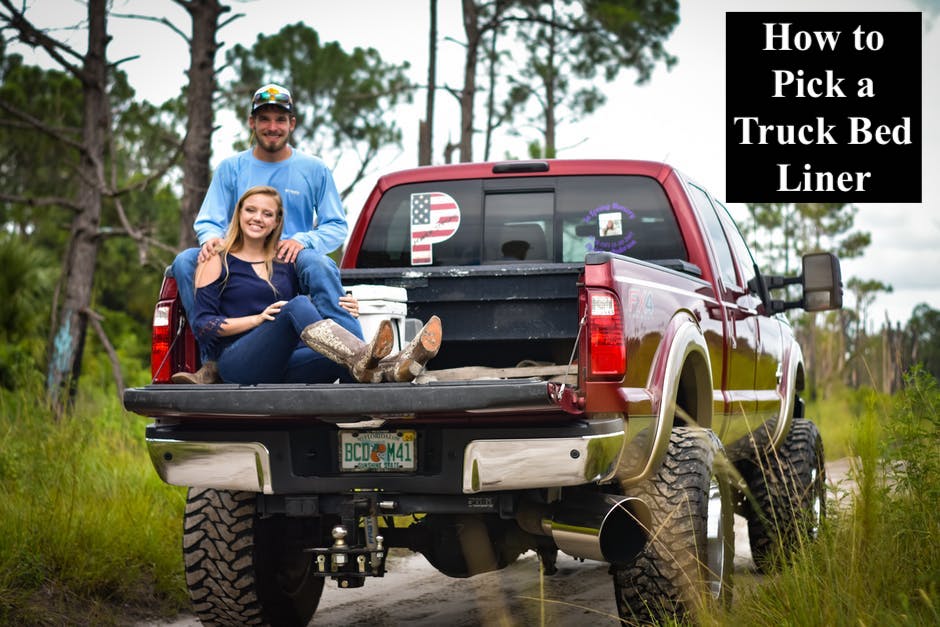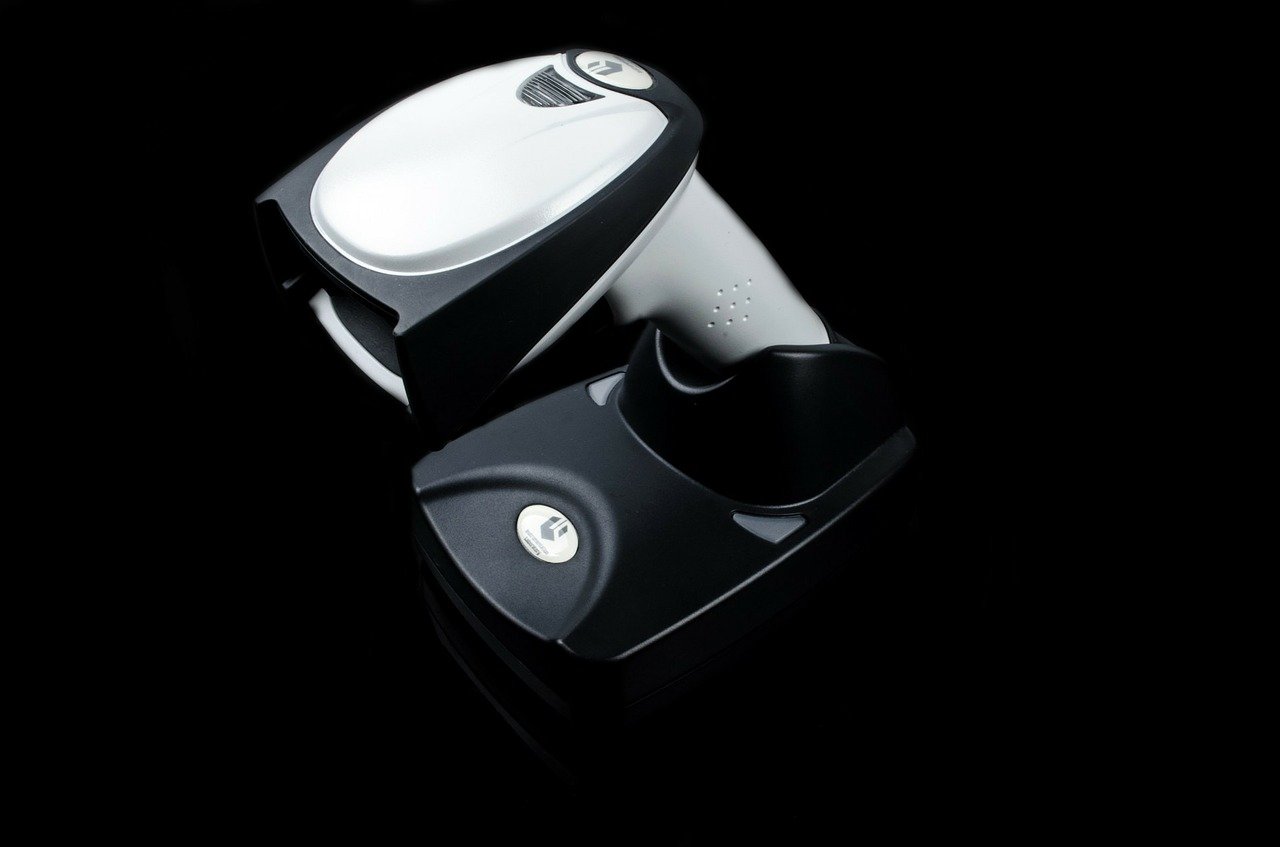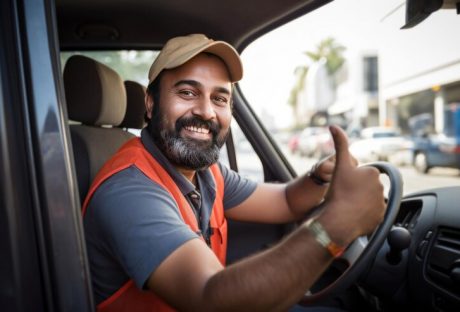It’s no surprise that pickup trucks are among the most popular vehicles in the United States. In fact, 2.8 million trucks sold in 2017 alone!
Though those trucks get used for both business and daily life, there’s one thing all truck owners have in common: the desire to protect their ride.
And installing a truck bed liner is one of the best ways to upgrade and protect your truck.
But there’s more to buying a liner than picking the cheapest option. You need to find the right type for your needs.
Starting your search? Here are a few things to consider when browsing through your options.
1. Budget:
Some truck bed liners cost more than others. Simple spray-on liners can be more affordable than the removable trays or heavy-duty permanent liners.
Before you start considering your options, think about how much you want to spend on the liner. This will help you narrow down your options. Remember, even a light-duty liner is better than an exposed truck bed.
No matter what your budget is, installing even the most affordable liner is in your truck’s best interest.
2. The Condition of Your Truck Bed:
Corrosion is a major problem for any metal truck bed. And it forms quickly. Once the paint and protective coatings get scraped away, the metal underneath loses its protective moisture barrier.
That moisture leads to rust which eats through the metal and weakens the structural integrity of the truck bed over time.
If your truck bed still has the protective layer of paint and clear coat, you’re fine with any liner option. The spray-on truck bed liner will act as an additional protective barrier for the bed. And the bed itself is strong enough to support the load without help.
But if you have rust buildup in your truck bed, you’ll want to look at a liner that offers additional structural support. Hard rubber and plastic liners hold their shape. This helps spread weight throughout the bed when carrying a heavy load.
The less weight on those rusted and damaged parts of your truck, the longer the truck bed will last.
3. How Much Maintenance You Can Handle:
Some bed liners last longer than others. And some are virtually maintenance-free.
Spray liners can wear away over time and you’ll have to reapply them every few years. If the bed gets scratched and damages the spray liner, you’ll need to reapply the liner to cover the damage.
Rubber liners are far more durable and require minimal maintenance. All you need to do is remove them a few times a year to give them a good cleaning.
You don’t want to clean the liner in the bed as it can trap water between the metal and the rubber itself. This increases your risk of corrosion and rust.
Though removing the liner is time-consuming, they require less maintenance in the long run.
You can spray down polyethylene or plastic liners right in the truck bed, saving you time and energy. They’re uniquely durable and resistant to cracks, making them incredibly low maintenance.
4. Removable vs Permanent Liner:
Some people prefer the convenience of removable liners. They’re easy to clean and can be switched out between trucks with similar bed sizes.
Others prefer a permanent liner. Permanent liners can be lower maintenance when they’re installed correctly. But they can’t get switched out from one truck to another.
If you plan on selling your truck in the near future, a removable liner might be the best option. But if you go with a permanent liner, you’ll increase the resale value of your truck. Either way, it’s a win-win and the right choice is really a matter of personal preference.
5. How You Use the Truck:
Different liners work best for different tasks. Before you decide, think about how you use your truck.
Do you regularly haul heavy equipment that needs to stay put in transit? Then a textured permanent bed liner will be the best choice. It will help keep those heavy loads in place when the truck is in motion.
If you haul small loads or make frequent deliveries on your own, a smooth liner will make unloading easier. Items will slide right down the bed to the tailgate so you can unload quickly.
Regardless, spray-on, permanent plastic liners, and removable rubber liners are all impact-resistant. You’ll still have protection for those unexpected potholes that jar your entire load.
6. Ease of Installation:
Are you looking to install the bed liner on your own or do you want to have someone install it for you?
Permanent liners are best installed by a professional. This helps protect your truck’s paint job and guarantees that the liner itself fits the bed perfectly. Most spray-on liners and permanent plastic liners should be installed by a professional.
But if you’re looking for an easy installation you can handle yourself, removable rubber liners are the way to go. Drop-in truck bed liners sit flush against the truck bed and installation takes a matter of minutes.
7. How You Store Your Truck:
All liners last longer when the truck is kept in a covered parking spot like a carport or garage. But if you leave your truck outside in the elements, you’ll want to invest in either a spray-on liner or permanent plastic liner.
These options protect your truck bed from moisture, plant matter, and sap which can all damage the paint and metal underneath. Keep in mind that the materials may break down more quickly if the truck stays parked in the sun most days.
But if you keep your truck in a covered parking area, any liner will work just fine.
8. What Color Liner You Want:
Truck liners used to be plain black and boring. But modern liners come in almost any color you can imagine.
Think about whether you want to match the paint job for the truck bed or if you’re fine with a contrasting color. There’s no right or wrong answer.
But color can impact the price you pay. Some colors may cost more than the standard options.
Upgrade Your Truck:
A truck bed liner is a great way to upgrade your truck and protect your investment. But there’s more you can do to improve your ride.
Check out our latest posts for more helpful tips.
Read Also:






















